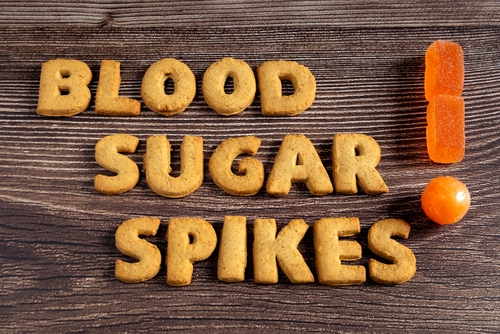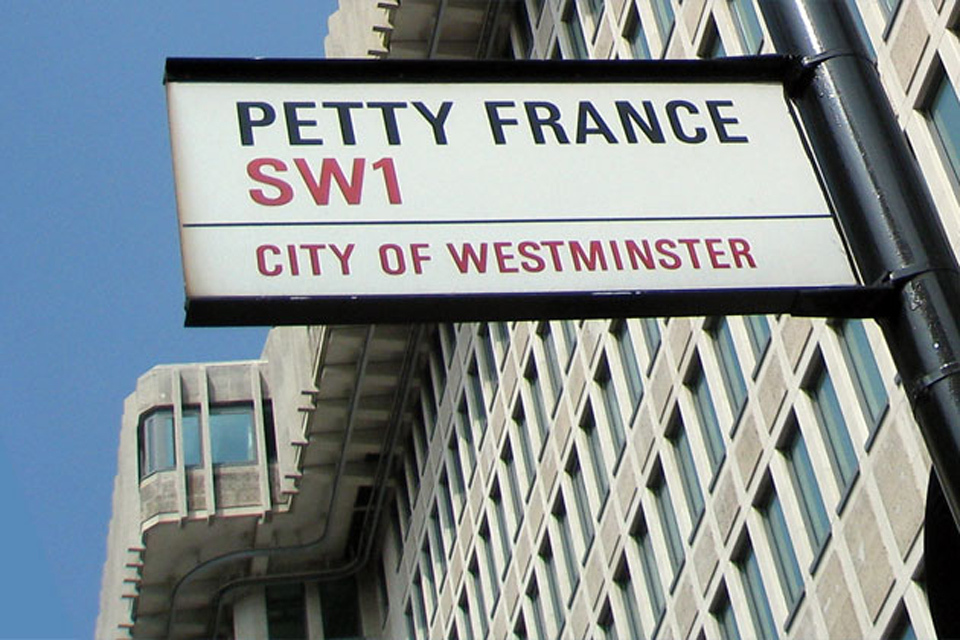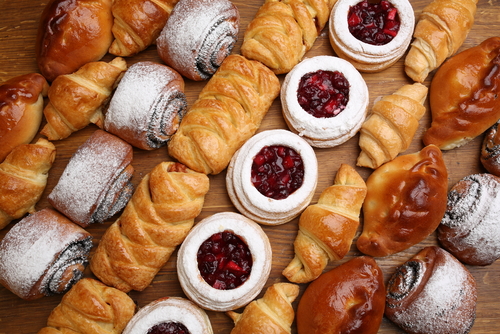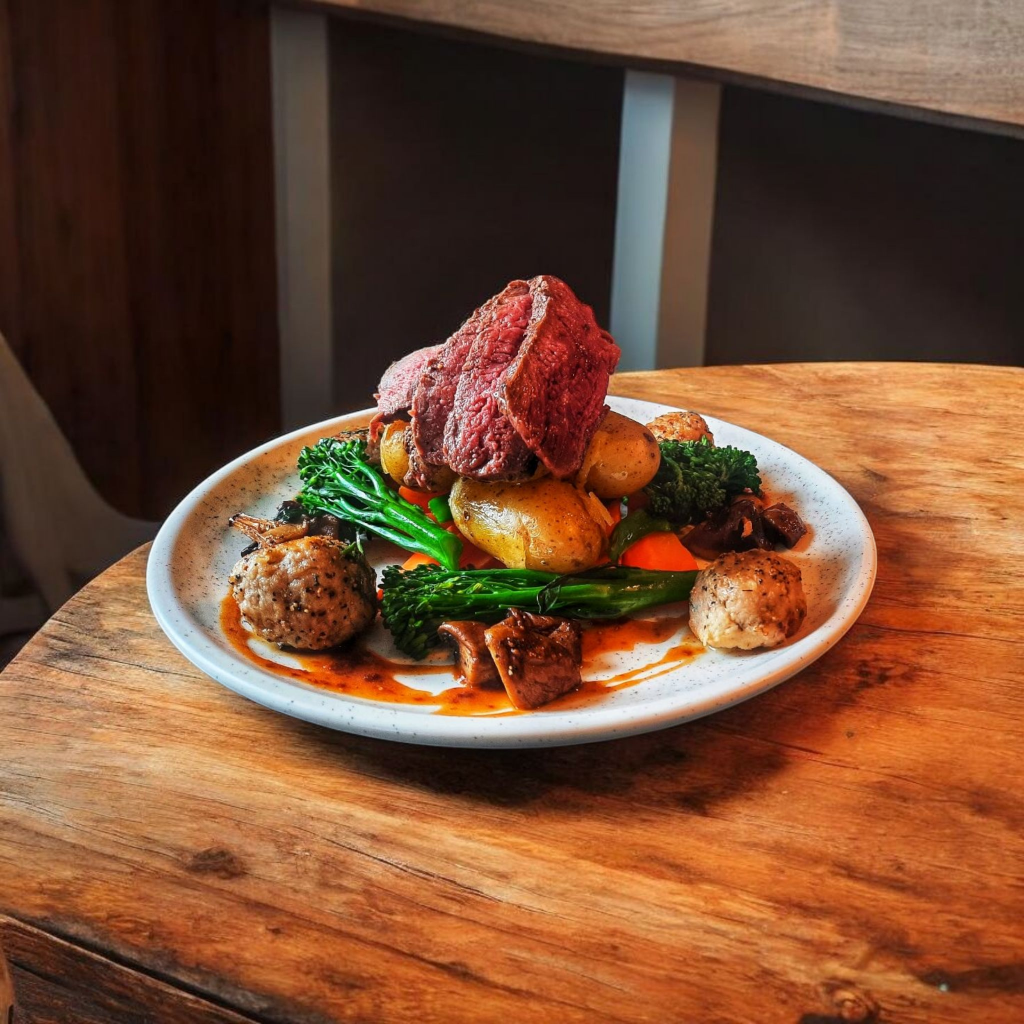Blood sugar has become a hot topic in health. New study Saga’s health insurance reveal the UK Google exploration “what foods are reduced to blood sugar immediately” increased by 5000% in the first three months of 2025. Healthtok is equally interested in As’blood Sugar ‘is 97,000 messages in Tiktok.
Large blood sugar yards occur when glucose levels rise rapidly after eating sugary or high carbohydrate foods, leading to a short increase in energy, followed by fatigue, brain fog and desires.
In response, the Saga disease insurance investigated 500 British and collaborated with a qualified health coach Steve Bennett and Lords, Diet and Obesity Committee Parliament, to reveal how our eating habits affect our blood sugar levels.
In modern diets the largest sugar pillars
Steve says: “High -treated carbohydrates such as white bread, sugar taxes, pasta and bakery products, there is no fiber and melts quickly in sugar. Hidden sugars in “healthy” foods such as granola bar, fruit juices, low -fat yogurts and smoothies often contain as much sugar as desserts and are large spikes.
“Unexpected culprits, such as rice cakes (higher glycemic index than sugar), dried fruit, sushi with white rice and even sweet potato potatoes can trigger large glucose spikes.”
Most The British get it wrong as soon as they wake up
Overnight, your body will empty your stored glucose, so in the morning you run empty and need a sugar balance meal.
For breakfast, almost two out of five (39%) of Britis, select highly treated heavy carbohydrates such as toast, cereal or pastries, according to Saga’s study. But Steve explains: “Large blood glucose pliers are mainly due to highly treated carbohydrates, especially fiber removed. ”
However, more than a quarter (27%) selects some high protein or fiber, such as eggs and spinach or Greek yogurt and berries – good alternatives to a balanced blood glucose level in the morning according to Steve.
Sweet delicacies don’t have to come with your health
Almost half (49%) of the British reaches the chocolate snack they prefer their sweet delicacies, according to Saga’s study. And most people consider it late in the afternoon to pick up between lunch and dinner. But Steve recommends Tottime persons: “The best time for sugar -rich delicacy is within 30 minutes of a high fiber balanced meal. This allows your body to treat sugar more efficiently and minimize spikes. ”
| British favorite time for sweat delicacy | |||||
| Afternoon recession (about 16.00) | After dinner (approximately from 8am to 9pm) | After lunch | Middle morning (Eleteneses) | Late evening (midnight snack) | All the options |
| 26% | 25% | 21% | 16% | 4% | 8% |
Eating blood glucose prickers before going to bed is particularly disturbing
Steve says: “In the evening, our bodies become more insulin resistant, which means that the same food feeding at night causes a higher glucose response than earlier during the day.
“At night, the spikes interfere with sleep quality, weaken overnight cell repair and contribute to the fog of the morning brain. They also interfere with the release of the growth hormone, which occurs mainly during deep sleep and is essential to repair the tissue and metabolism for health. ”
Why do big spikes matter
Over time, the high blood glucose yards promote insulin resistance (where your body is capable of lowering your blood sugar levels), which increases the risk of obesity, type 2 diabetes, heart disease and even accelerated aging. Heart disease is the third leading cause of death in England and Wales, and according to Great British diabetes, diabetes levels are the highest ever.
How to avoid big spikes and crashes for a balanced eating day:
Steve says: “Contain fiber (vegetables, salads and whole grains), protein (low -fat meat, legumes or tofu) and healthy fat (Avocado, nuts and olive oil) Each meal slows down sugar absorption and helps maintain a steady blood sugar level. “

Britons who want to switch to a satisfying, balanced snack, Steve recommends Greek yogurt with berries, chia seed pudding, hummus with vegetables, some nuts or cooked eggs.
Steven 5 hackers for a flat glucose level
- The first principle of fiber: Eating high -fiber foods before meal can significantly reduce glucose spikes. Start with a salad, raw vegetable or a handful of nuts before eating a heavy snack in a carbohydrate.
- Strategic pair of food pair: Combining high carbohydrate foods with protein and healthy fats helps to slow down digestion and moderate glucose effect. For example, combine dark chocolate with almonds or you have berries next to dessert.
- Move after meals: A short 10 -minute walk after eating can reduce glucose spikes by up to 30%. Gentle movement helps the muscles use extra sugar before it accumulates.
- Add vinegar splashing: Studies show that a tablespoon of apple cider vinegar in the water before meals can improve insulin sensitivity and reduce post -meal glucose levels by up to 20%.
- Make a smart exchange: Replace white rice with cauliflower rice, use leaf vegetables instead of tortillas and replace the tropical fruit for lower glycemic berries.
Observation of blood glucose spikes
Understanding food during the grocery store will help you control your balanced blood sugar level. Steve advises:
- Over 5 g sugar 100 g / Can cause moderate spikes.
- More than 10 g / 100 g is likely to trigger a significant height of glucose (often marked red on food labels).
- Objective for products with at least half of the sugar content fiber.
Sushi for breakfast?











